How Ukraine’s queer artists and activists are safeguarding LGBTQIA+ memory in wartime
Finbarr Toesland speaks to Ukrainian activists and artists preserving queer memory amidst war
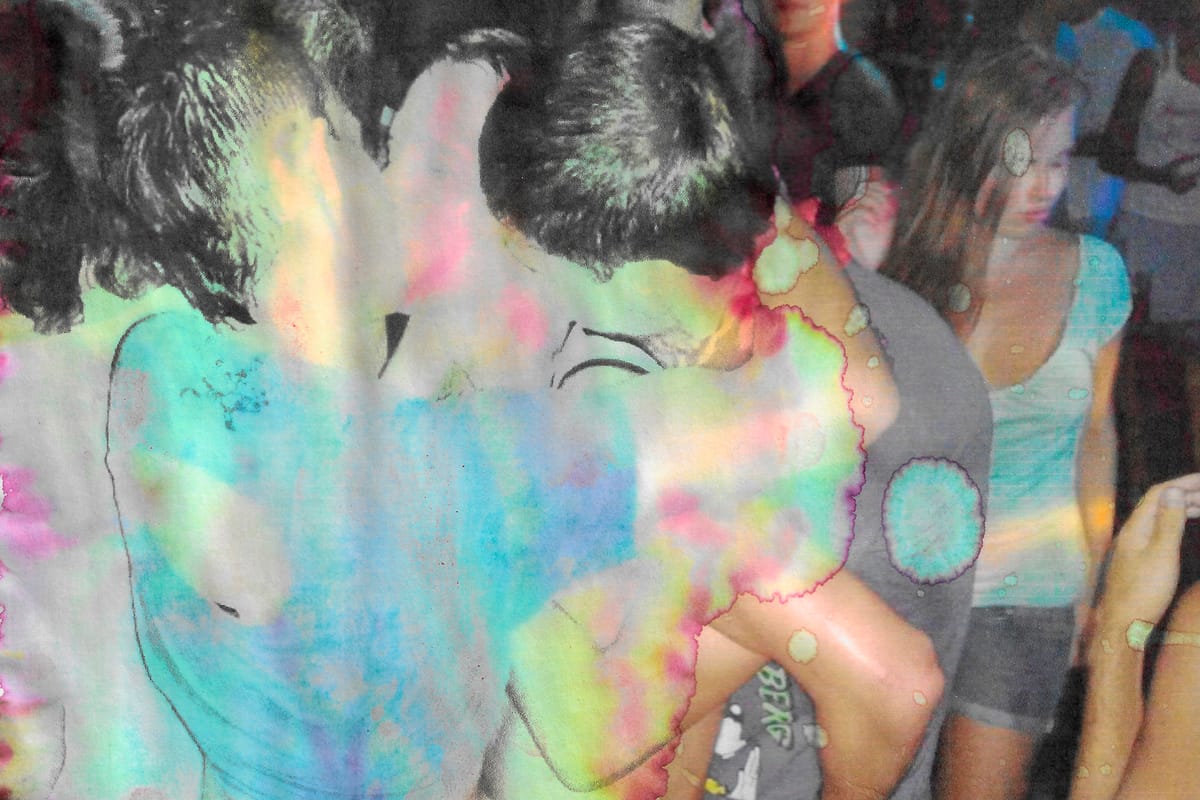
Words by Finbarr Toesland
Hundreds upon hundreds of cultural sites across Ukraine have been damaged since Russia’s full-scale invasion in February 2022. According to recent UNESCO assessments, more than 500 locations, including libraries, archives, museums and historical buildings, suffered damage. It’s not just physical heritage that Russia is bombing and shelling: the Kremlin is also waging a disinformation war to denigrate Ukrainian memory and identity.
Attacked as a symbol of so-called “Western degeneracy”, Ukraine’s queer community isn’t just under threat on the battlefield but also faces a coordinated campaign by Russia to erase LGBTQIA+ identity from society and the historical record.
“We’re not just victims - we're real people”
Queer activists and artists are urgently working to ensure LGBTQIA+ stories and cultural heritage aren’t lost. At the heart of this effort is the Queer.War.Archive, a grassroots initiative documenting queer life during the war.
It’s just hit 30°C in the western Ukrainian city of Lviv, and Jan Bačynsjkyj, co-founder of the Queer.War.Archive, is showing me around his apartment-slash-studio, talking about life in the days before the full-scale invasion.
“We were attending raves, wearing fancy clothing, having parties, organising prides and exhibitions - then a huge percentage of us just were not,” Bačynsjkyj says about his queer friends among the hundreds of thousands of Ukrainians that joined the army, either voluntarily or through conscription.
Created by Bačynsjkyj and another co-founder, who has chosen to remain anonymous as their family remain in Russia-occupied Ukraine, the Queer.War.Archive idea came as a reaction to experiencing war and seeing friends becoming soldiers. “It was, and still is, shocking because most of the Ukrainian army consists of people who were civilians yesterday,” adds Bačynsjkyj.
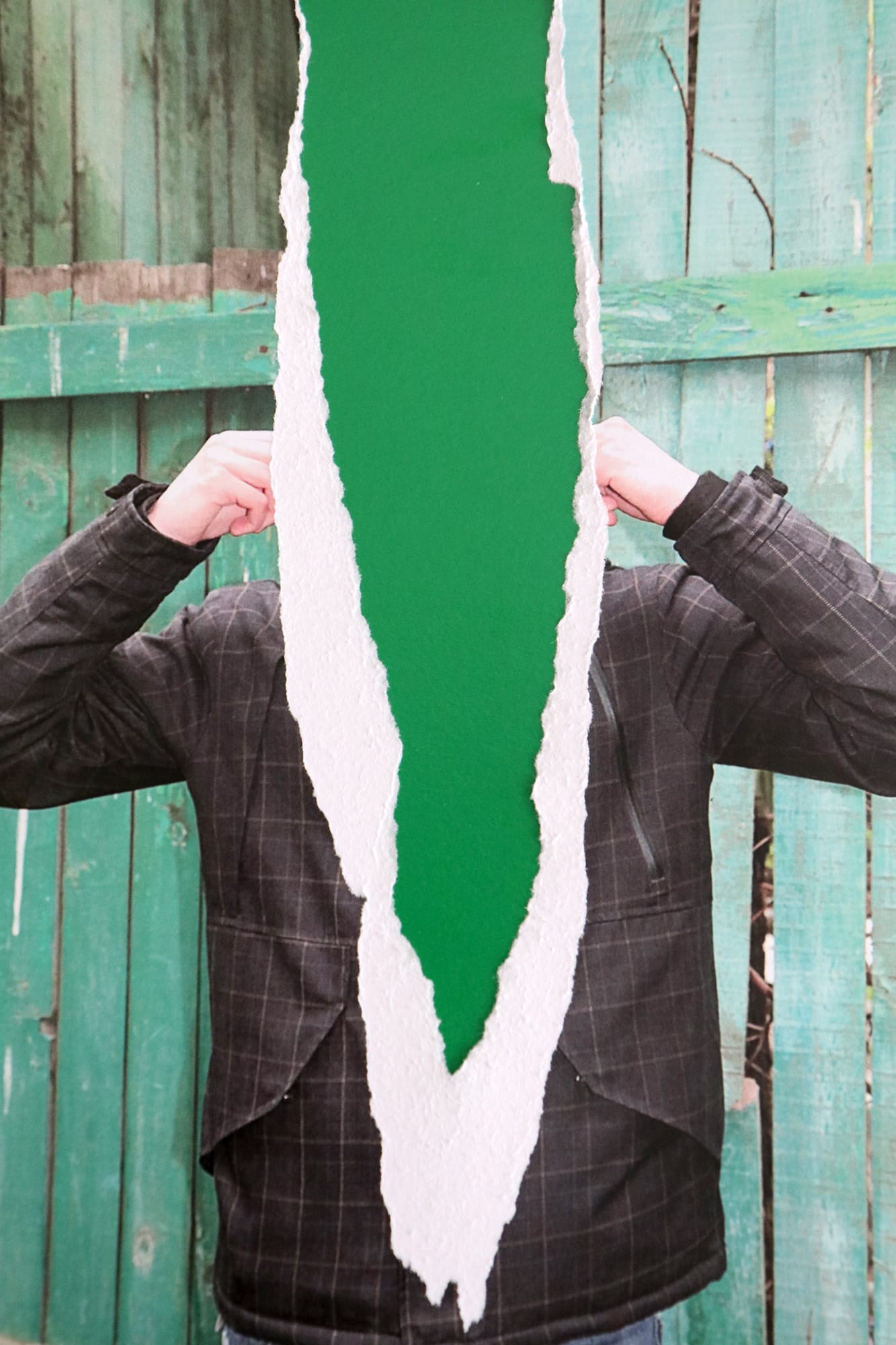
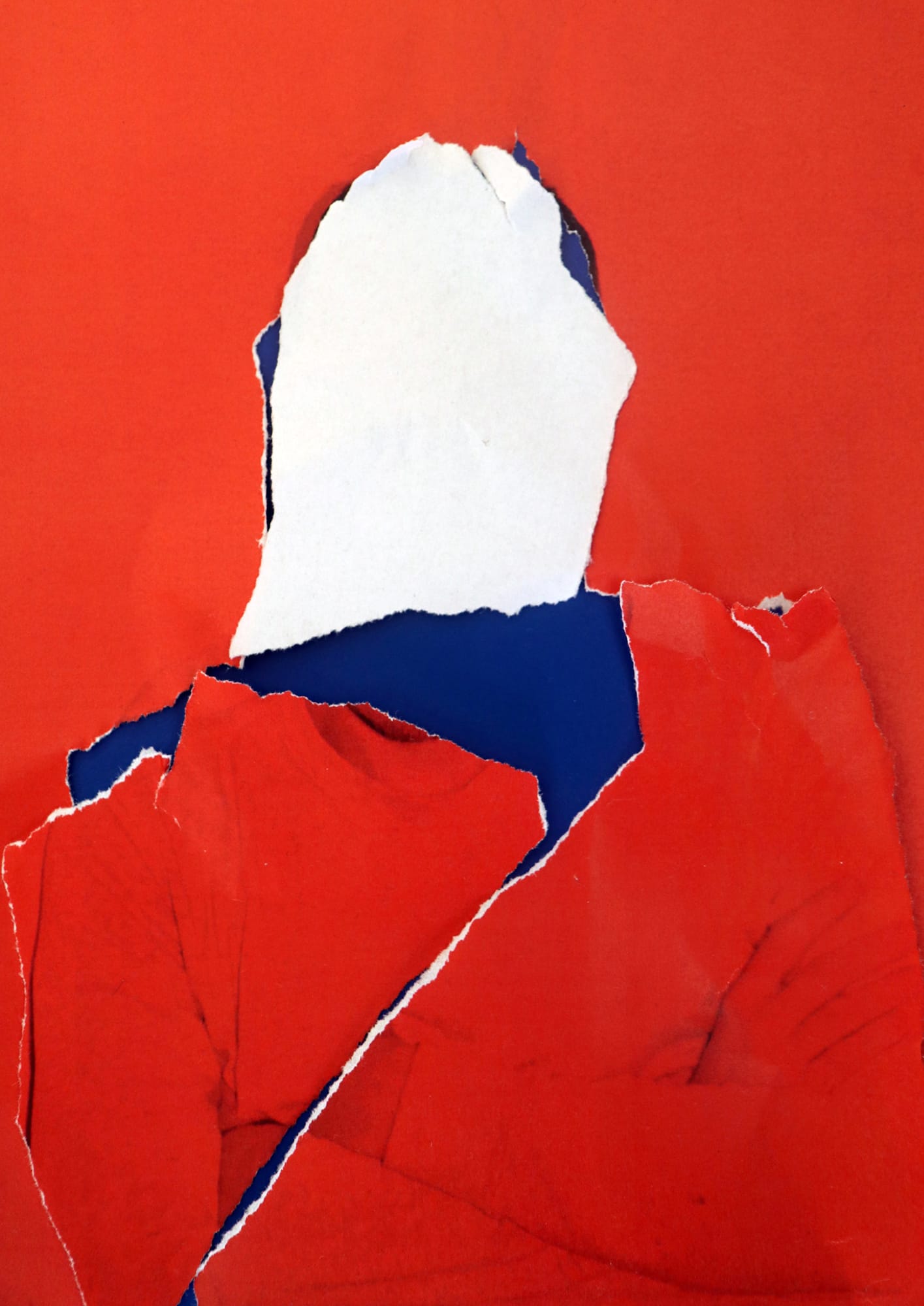
Anton Shebetko, Common People2 and Common People3
Bačynsjkyj knew that depending on each person, and whether they were artists, in the army, internally displaced or outside Ukraine as refugees, the lived reality would be very different.
“The idea of an archive was to try and speak about, maybe not the “LGBTQIA+ community”, because it's not just one community, but the many different communities within that.”
In the early days, building the archive was straightforward. “I just started with making a list of queer artists I liked, contacted them and asked if they had artworks which reflect our topic.”
Artworks, videos, essays and photographs quickly began to populate the archive. Artists like art-house director and performer AntiGonna, with her Lost In Freedom work exploring a deeply personal outlook on the war in Ukraine and her own position within it, found their way into the archive.
The second part of Vladyslav Plisetskiy’s trilogy, What will you do if the war continues? is also contained in the archive. It begins with a visual narrative about Plisetskiy’s early life and later emersion in Kyiv’s queer community, as well as the involvement of the LGBTQIA+ community in the war effort.
Maria Vtorushina’s Queerness and Death contains pages from the Ukrainian artists’ wartime diaries, and explores how queer artists can create meaning, document how war shapes queer life and, ultimately, survive.
The aim of the archive is not only to highlight the often-devastating challenges facing Ukraine but to present a full image of the humanity of queer people in country.
“We’re not just victims - we're real people. Why is it important? It’s very cynical, maybe, but it's easier to have empathy for someone you understand. If you don't know anything, they can just be some distant people, in some people’s eyes,” he says.
Interviews with queer soldiers defending the country have proved to be a deeply impactful part of the project, speaking discussions both inside and outside the nation. According to a study published by the Kyiv International Institute of Sociology (KIIS) in June 2024, 68% of Ukrainians feel positively about the participation of LGBTQIA+ people in the armed defence of the nation against Russia.
For homophobes in Ukraine who are against equal rights for the LGBTQIA+ community, Bačynsjkyj believes hearing the testimonials of queer people putting their lives on the line to secure a future for the country, may force them to reconsider their hate.
“It's a very good argument, why if these people are defending your country and you're alive thanks to them, can't you listen to them? You don't like them, so what? They don't like you either, but they're still defending you. Be grateful, that's the basic thing.”
Even in cities far from frontline battles, the sacrifices of those defending Ukraine remain at the forefront. For Bačynsjkyj, it’s for this reason that hearing directly from the defenders in via Queer.War.Archive is vital to ensure their courage is not lost in the fog of war.

Russian anti-LGBTQIA+ ideology
Russian state ideology consistently targets LGBTQIA+ people by banning open expressions of pride and branding LGBTQIA+ organisations as extremist. As history has shown worldwide, queer voices are often excluded, or erased, from mainstream war narratives, making the Queer.War.Archive a direct attempt to resist decades upon decades of repression.
At a time of widespread devastation, the work of Queer.War.Archive preserves queer memory and ensuring the role of the LGBTQIA+ community in wartime is accurately recorded. Turning archiving into a form of wartime resistance is crucial to show that LGBTQIA+ Ukrainians are not invisible casualties of war but active defenders of their country.
As an artist, Bačynsjkyj understands the power art has to convey complex ideas in innovative ways to audiences. In this archive, art is used with a clear purpose: to share the cultural and military fightback against the invading Russian army.
Of course, it's also important to highlight specific, compelling pieces that capture this moment in history. “These pieces are important to preserve. But for now, from 2022 until today, it’s more important to just stay alive and that is how this archive becomes a tool of activism, bringing people together.”
Every day the war continues, more and more Ukrainians are killed, both soldiers on the battlefield and civilians in their homes. The stories, artworks and writings held within these archives are not meant to sit passively as mere reference points for future academics and scholars. They are urgent testimonies of the queer lives that Russian aggression seeks to erase.
“Around once a month, I hear that some of my friends or acquaintances were killed. It’s a reality; I just stopped counting, there are too many. Not to mention the ruined museums, schools, kindergarten and universities.”
When asked how he sees the archive developing over time, Bačynsjkyj admits it is a complicated question to consider, let alone answer.
“The word develop deals with the notion of time and the feeling of time is super weird for us. I remember for civilians in Ukraine from the very beginning of the full-scale war, we were lost in a time. There were tons of memes after 24 February 2025 (the day of the Russian full-scale invasion) saying although it happened three months ago it's still feels like today,” he says.
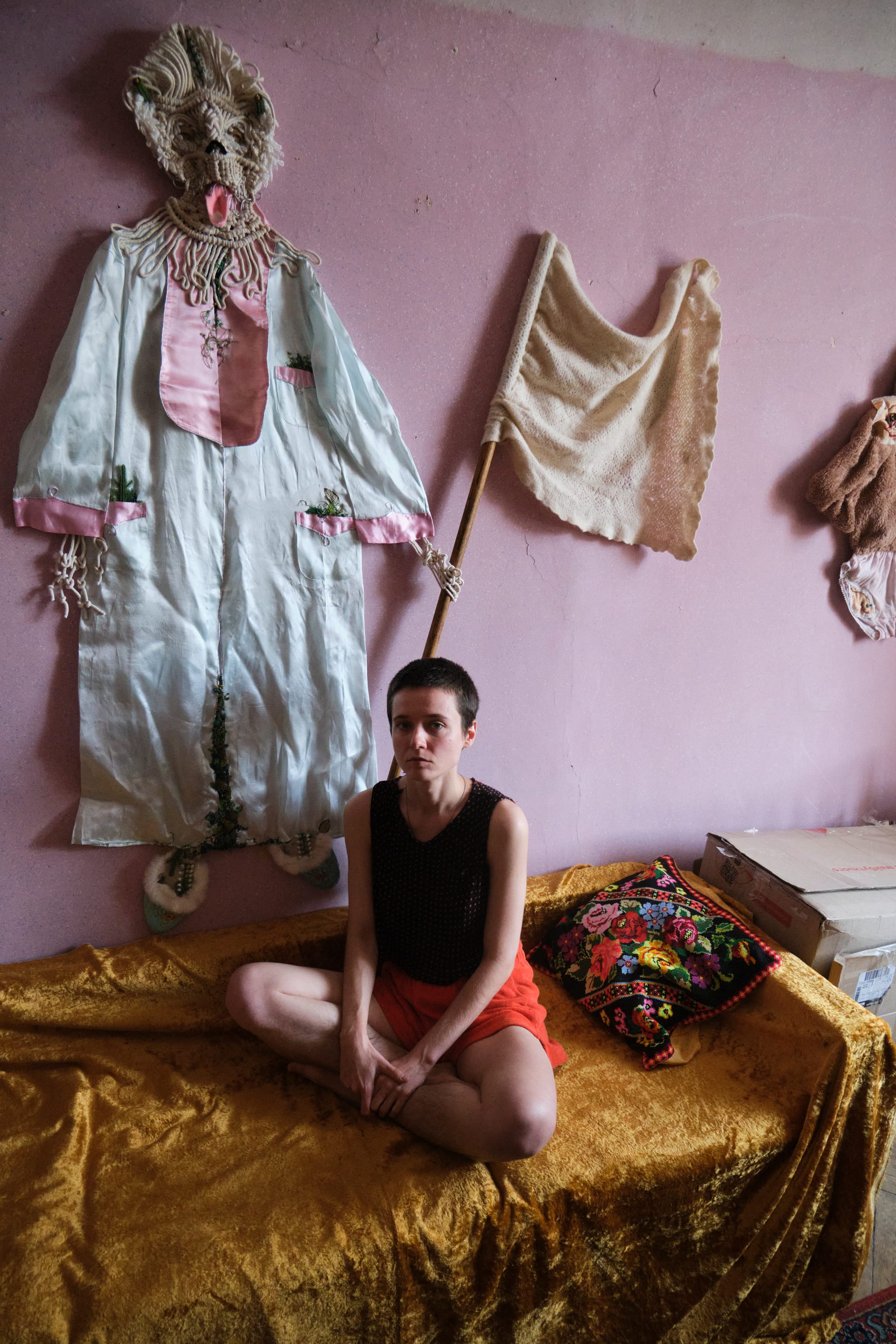
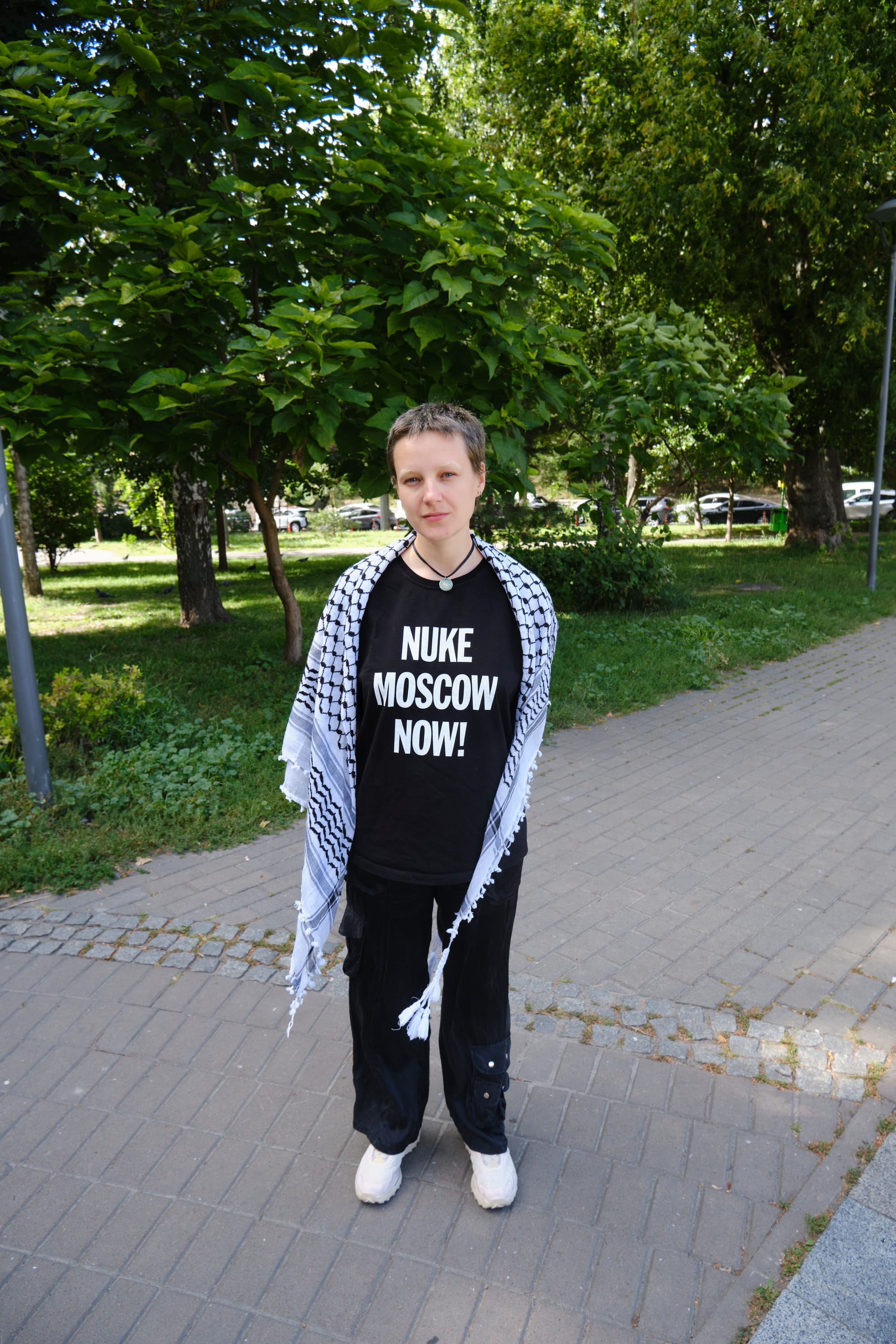
Jan Bačynsjkyj and Angelik Ustymenko, photographed by Finbarr Toesland
While many institutions in Europe have supported the vision of the Queer.War.Archive, Bačynsjkyj has faced pushback from some cultural workers who say he doesn’t truly understand what’s happening in Ukraine and that militarism shouldn’t be supported.
"They were not Ukrainians, of course,” adds Bačynsjkyj. “Pacifism is your privilege. I cannot afford being a pacifist anymore; I have only a choice between surrendering and dying or to support this fight as much as possible by giving money to buy weapons,” he said.
“I'm aware that Russians will be killed but that is their choice and there is no reason for them to be in Ukraine. Let us survive today.”
Forgotten histories
For Ukrainian artist and photographer Anton Shebetko, documenting Ukraine’s queer community stems from a need to preserve this knowledge for the next generation
“To be very honest with you, it was not really a big interest for artists or curators to preserve this part of history - people weren’t actually interested in it. For me, it was a personal responsibility I felt, because I knew these stories would disappear,” explains Shebetko, who is from Kyiv.
Now based in Amsterdam, Shebetko’s wide-ranging body of work combines photography, video, personal testimonials and archival material. His projects include We Were Here, which photographed LGBTQIA+ military veterans, and Common People, a series of collages of anonymous gay men in Ukraine, both of which have illuminated often overlooked queer experiences and seek to explore memory and identity in Ukraine.
Another project, Simeiz, focused on the small Crimean resort town of the same name, where an underground gay resort had thrived from the 1990s onward. Following Russia’s 2014 occupation of Crimea, the gay scene was almost completely erased by repressive anti-queer policies.
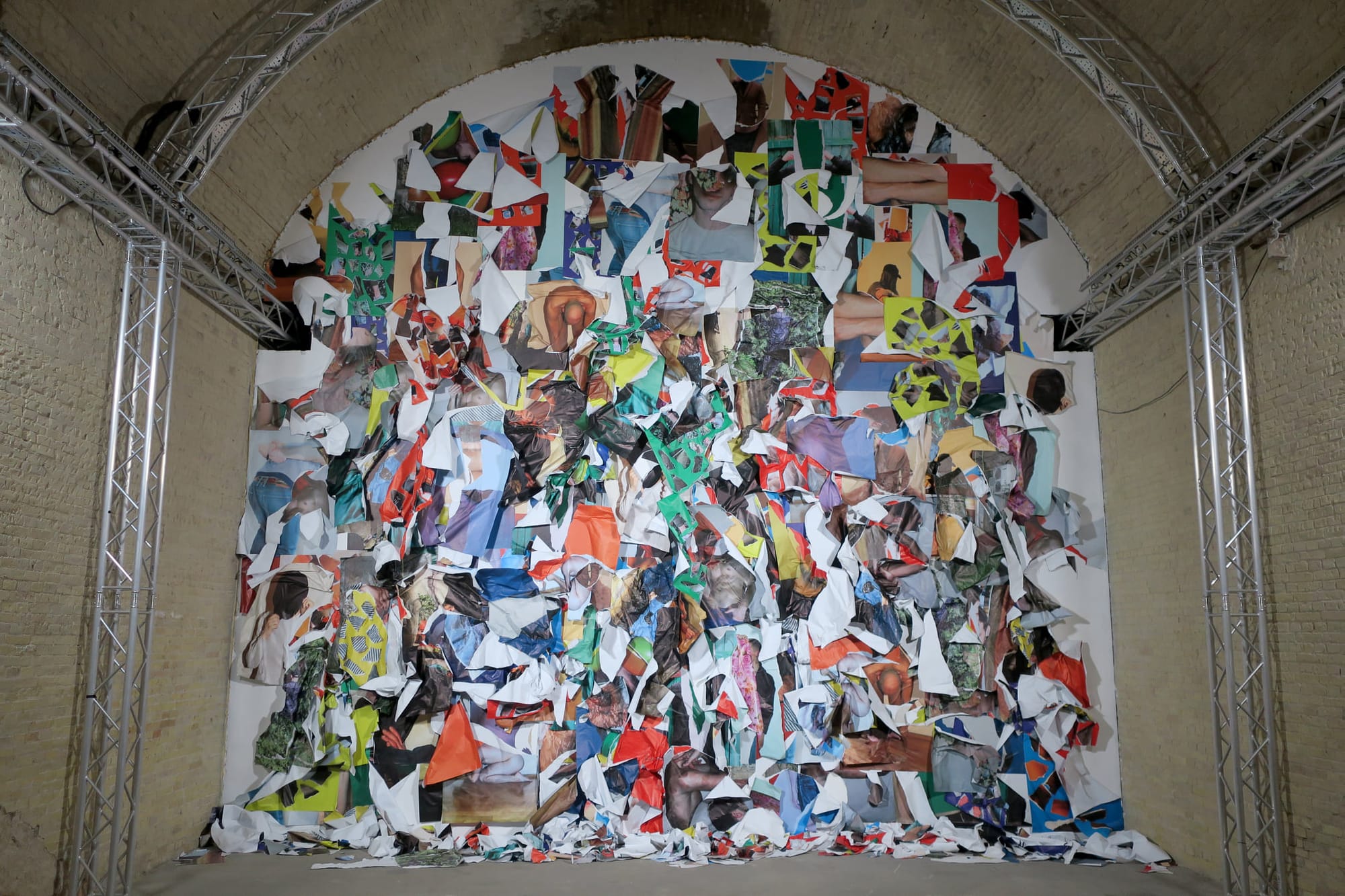
“I wanted to make a project about the place for a long time, but I just couldn't grasp the form of it and which mediums to tell it through,” says Shebetko about the project.
The concept for Simeiz started as a two-room installation intended to be shown in Kyiv in 2022, but then the full scale invasion began, making it impossible. Instead, Shebetko collected around 4000 archival images from the place via social media, reworked them and created a short movie and two-channel video. “Now it exists in these two versions, while the original option of installation has never been realised,” he says.
As can be expected with the nature of this work, engaging with issues widely seen as taboo can bring a level of backlash. When Shebetko started work on his We Were Here project interviewing LGBTQIA+ soldiers, released in 2018, a queer activist organisation told him to drop the idea as Ukrainian society simply wasn’t ready to openly discuss this issue. “No one was talking about it. It just didn't really exist,” he recalls.
Shebetko, who wrote A Very Brief and Subjective Queer History of Ukraine in 2022 and is included in the Queer.War.Archive, has seen a major increase in the visibility of LGBTQIA+ soldiers.
Seven years after We Were Here, interviews with queer soldiers appear to be everywhere. “There are books, articles and I think there’s even movies,” says Shebetko.
“I have a feeling that maybe me and the participants of that project planted some seeds and then it grew. During the project, Viktor Pylypenko, one of its participants, came out and established the organisation ‘Ukrainian LGBT+ Military and Veterans for Equal Rights’.”
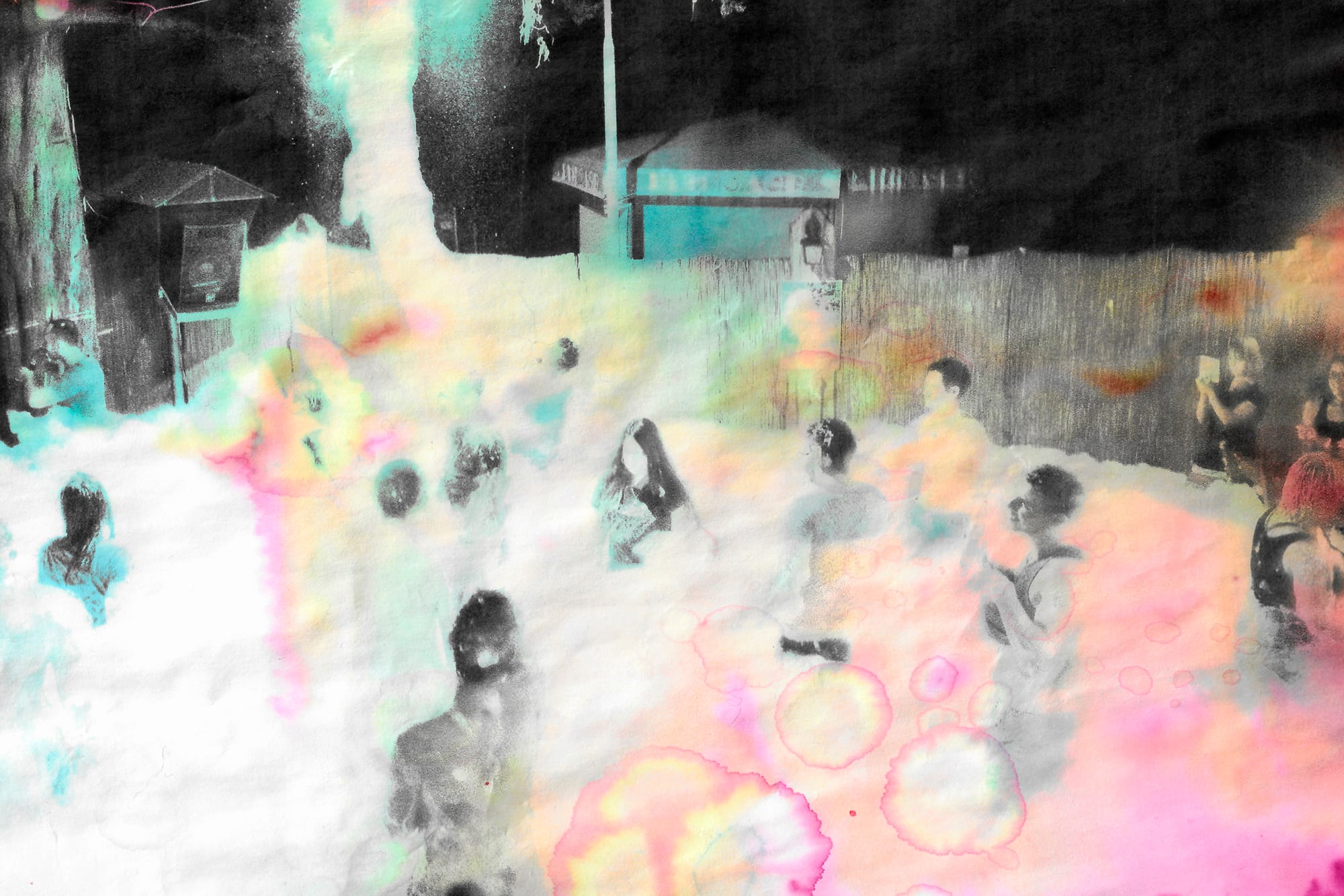
Rebel queers
Archiving is an essential act of survival that collects, preserves and captures moments that must be remembered, according to Kyiv-based queer artist and activist Angelik Ustymenko.
”We live in such a fast world that everything gets forgotten so quickly, even horrible things, pain and suffering. We see them, we feel sorry, then the next day we move on and forget,” they add.
What started as Ustymenko simply picking up a camera to document friends quickly grew into a larger project. “I knew those feelings about the pre-war life were fading and I want to document those memories,” they continue.
Ensuring the experiences of LGBTQIA+ Ukrainians, including queer members of the Ukrainian army, are both displayed and preserved, Ustymenko created the short documentary Ukrainian Queer Fighters for Freedom in 2022 and captured how queer Ukrainians reacted to the early days of the Russian invasion with resilience and adaptation.
In 2023, they released Rebel Queers: Ukraine's Queer Resistance documentary, giving a platform to queer soldiers and civilians navigating wartime. This extracted a large emotional toll on Ustymenko.
“When I released the first documentary, I was crying the whole next day,” they remember. “I accumulated so much pain that I couldn't really express and process while working. When I released the film, I released my emotions as well.”
When speaking with people their own age and younger, who serve on the frontlines, Ustymenko often wrestles with guilt. “My civilian life feels so privileged while they have to live that kind of life.” The urgency of safeguarding memory became even clearer at the recent funeral of a solder, an anarchist and talented artist. “You can lose someone any second, any moment. It just makes you want to document everything, every moment."
Ustymenko recalls a comment made by an interviewee about the immense value of persevering queer memories. “They said a really beautiful thing: if we don't document our own stories, then no one will.”
This publication was produced with support from n-ost and funded by the Foundation Remembrance, Responsibility and Future (EVZ) and the Federal Ministry of Finance (BMF) as part of the Education Agenda on NS-Injustice.
